It’s time to place a dehumidifier in your warehouse to stop moisture from building up. Too much moisture can ruin goods, equipment, and buildings. Putting the dehumidifier in the right place keeps the humidity level steady, so your stuff stays in good shape. It also stops mold and mildew from growing, which can mess up your products and make things unsafe.
By controlling humidity, the dehumidifier ensures employees have a comfortable and safe workplace. It also helps machines last longer and prevents metal from rusting. Putting the dehumidifier in the right spot works better and keeps your warehouse stuff safe for longer.
Why Use A Warehouse Dehumidifier?
Using a dehumidifier warehouse is important to keep everything in good shape. Firstly, it stops moisture from damaging goods, so they stay good quality. Moisture can make things rust, corrode, and break down, which costs money. Secondly, a dehumidifier ensures that the air in the warehouse is safe for employees. It reduces the risk of mold, mildew, and airborne contaminants, so people stay healthy. This helps them work better and not get sick as often.
Thirdly, keeping humidity in check in warehouses stops condensation from forming on surfaces, making it less likely for people to slip and fall. Lastly, a dehumidifier for warehouses makes equipment and machines last longer by stopping moisture from causing problems. This means less money is spent on fixing things, and less time is needed for operations to stop.
What Are The Negative Effects of High Humidity in A Warehouse?
1. Product Damage:
When warehouses have humidity, it can mess up the stuff stored there. Moisture can make things like paper, wood, and metal break down, which costs businesses money. For example, cardboard boxes might get weak and tear easily, and metal parts might rust and fall apart, which isn't good for the products.
2. Mold and Mildew Growth:
Too much moisture is perfect for mold and mildew to grow, which is bad for your workers and your products. Mold spores can float in the air and make people sick, causing allergies and asthma. Mold and mildew can ruin your products, making them not fit to sell and costing you a lot to dispose of.
3. Pest Infestation:
High humidity attracts pests such as insects and rodents, which can cause further damage to goods and pose sanitation concerns. Rodents may gnaw through packaging and contaminate food products, while insects such as beetles and moths may infest stored grains and fabrics. Controlling humidity levels is essential for preventing pest infestation and maintaining a hygienic warehouse environment.
4. Equipment Malfunction:
Too much dampness can mess up machines in warehouses. It causes electrical stuff to short out, and machines stop working properly. Fixing them costs a lot, and they can't be used. Excessive moisture can also eat away the metal, making lubricants less effective. This makes machines work less efficiently and breaks them down faster.
5. Employee Discomfort:
High humidity levels can create uncomfortable working conditions for warehouse staff, affecting morale and productivity. Heat and humidity can lead to fatigue, dehydration, and heat-related illnesses, impacting worker performance and safety. Providing a comfortable working environment through humidity control measures is essential for employee well-being and retention.
Factors To Consider When Placing The Best Dehumidifier Warehouse
1. Warehouse Size and Layout:Where you put the dehumidifier warehouse matters a lot. It's important to pick the right spot for large warehouses with lots of stuff. Putting it in the middle is best so air goes everywhere. For large warehouses with electronics, furniture, and food, an industrial dehumidifier warehouse from Abestorm is great. They suck up lots of moisture and keep things dry. Also, ensure it's near a power source and easy to fix.
Small warehouses need smart placement, too. They're tight on space, so put the dehumidifier where it covers most of the area without getting in the way. For small warehouses with things like electronics and clothes, Abestorm's compact commercial dehumidifiers work well. They save space and keep things dry.
2. Humidity Levels:Knowing how humid the warehouse is is important for putting the dehumidifier in the right spot. Check humidity levels often in different parts of the warehouse. This helps find areas where there's too much moisture. Put the dehumidifier in those spots to stop mold and mildew from growing. Also, think about things that might change humidity, like the weather or being near places with water, like loading docks or air conditioning.
3. Obstacles and Airflow:Consider things like shelves, machines, or walls when arranging the dehumidifier warehouse. They can affect how air moves. Make sure to put the dehumidifier where air can flow freely. This helps remove moisture from the air and keeps humidity steady. Vents and fans should also be used to help the dehumidifier work better. This way, you keep the warehouse dry and comfy.
4. Proximity to Moisture Sources:Finding and fixing where moisture gets in is important to keep the warehouse's humidity just right. Places like loading docks, doors, or windows let in more moisture, which can cause humidity to spike in certain spots. Putting the crawl space dehumidifier near these spots helps stop too much moisture and keeps away problems like mold or condensation. You can seal up any holes or put in barriers to keep out moisture even better, making it easier for the dehumidifier to do its job.
5. Accessibility for Maintenance:Ensuring it's easy to get to the dehumidifier for regular upkeep is super important. Regular stuff like cleaning filters or checking the system keeps it working well and lasting long. Put the dehumidifier where it's easy to reach for maintenance.
This helps technicians fix any problems fast and keeps the dehumidifier running smoothly. Also, putting up signs and labels makes it easier to find maintenance spots, so servicing doesn't slow down warehouse work.
6. Integration with HVAC Systems:Linking the dehumidifier with the HVAC systems helps keep moisture in check all over the warehouse. When the dehumidifier works with heating, ventilation, and air conditioning, you get steady humidity levels and great air quality.
Ensuring they all work well together means the dehumidifier runs smoothly alongside the HVAC systems. Using control systems and tools helps track everything in real-time, so you can tweak things to keep moisture just right.
What Are Some Must-Have Features Of A Warehouse Dehumidifier?
- High Capacity: One big thing about a warehouse dehumidifier is how much moisture it can remove from the air. Dehumidifiers with high capacity can handle lots of moisture in big spaces, ensuring everything in the warehouse stays in good shape.
- Auto-Defrost Functionality: Dehumidifiers with auto-defrost are a must for colder places. This feature stops ice from building up on the coils, so the dehumidifier works well even when cold.
- Adjustable Humidity Settings: Dehumidifiers with adjustable settings make it easy to control humidity just right. You can set the humidity level exactly how you need it, depending on what you're storing. This helps keep moisture under control perfectly.
- Built-In Sensors: Dehumidifiers with built-in sensors work automatically based on the humidity around them. The sensors notice when humidity changes and tweak the settings to keep things steady. This means you don't have to do anything to keep moisture in check.
- Durable Construction: Warehouse environments can be harsh, so durability is essential in a warehouse dehumidifier. Units made with strong materials and parts can handle the hard work in industrial places, giving you reliable performance for a long time.
How Can Warehouse Humidity Be Controlled In Other Ways?
1. Proper Ventilation:
Ensuring air can move around well is necessary to keep humidity down in warehouses. Putting in exhaust fans or roof vents helps eliminate humid air, stopping moisture from building up. Also, opening doors and windows when the weather's good lets fresh air in and helps air flow naturally.
2. Moisture-Absorbing Materials:
Materials like desiccants or silica gel packets in storage areas help lower humidity. These things soak up extra moisture in the air, stopping condensation and mold from growing. Putting them in spots where moisture builds up most helps them work even better.
3. Temperature Regulation:
Keeping the warehouse at a steady temperature helps keep humidity steady, too. Heating systems stop condensation when it's cold, while cooling systems lower humidity when it's hot. Controlling the temperature makes the warehouse comfortable for both goods and employees.
4. Sealing Cracks and Gaps:
Finding and sealing the warehouse's cracks, gaps, and holes prevents moisture from entering. This means less humid air from outside gets into the building. Checking and fixing any openings in the walls or roof also helps keep moisture out.
5. Dehumidifier Placement:
Putting commercial dehumidifiers in smart spots around the warehouse helps other ways you control humidity. The best spots are in the middle, where it's most humid. Also, putting them near loading docks or where there's lots of moisture helps them work even better.
Conclusion
Keeping humidity in check in warehouses is a must. It keeps products in good shape, ensures workers stay safe, and helps things run smoothly. Getting a high-quality dehumidifier and using other ways to control humidity, like ventilation and temperature regulation, creates a good environment for storing stuff and working. Ensuring humidity stays just right protects what's in the warehouse and makes the workplace healthier and safer for everyone.


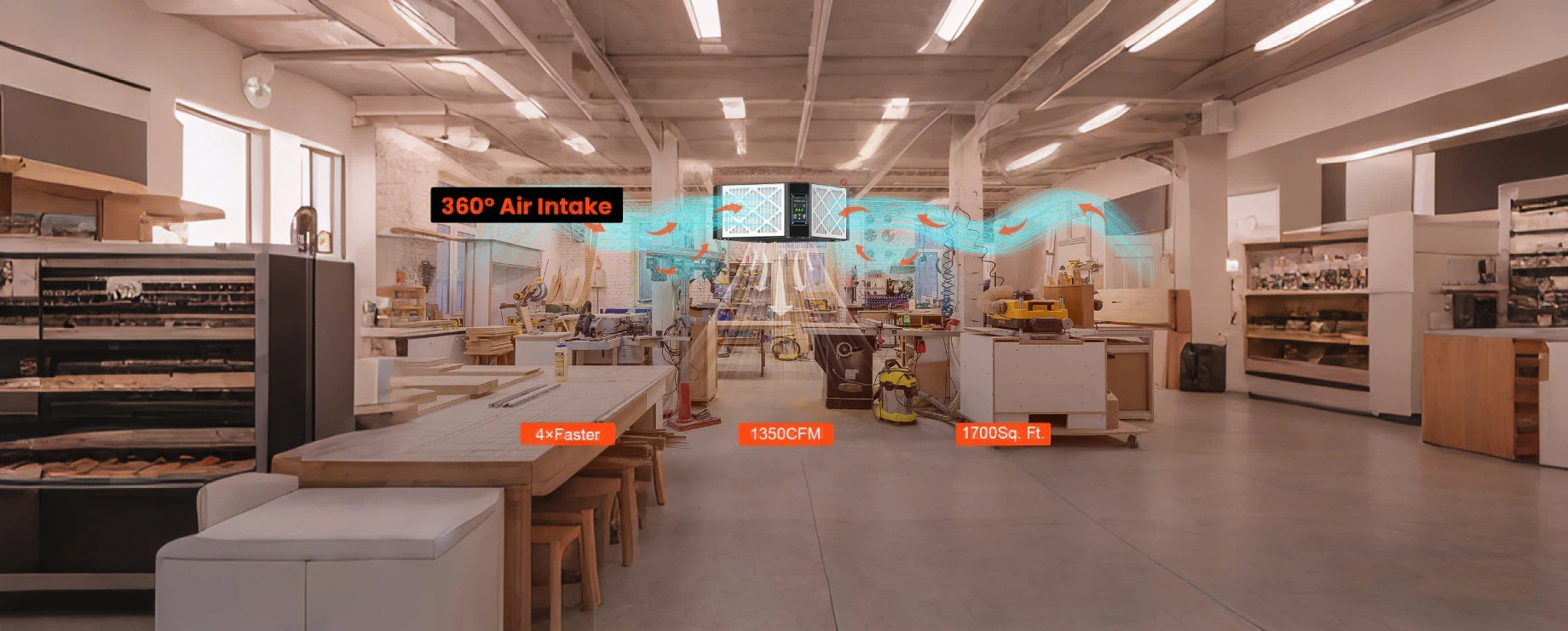
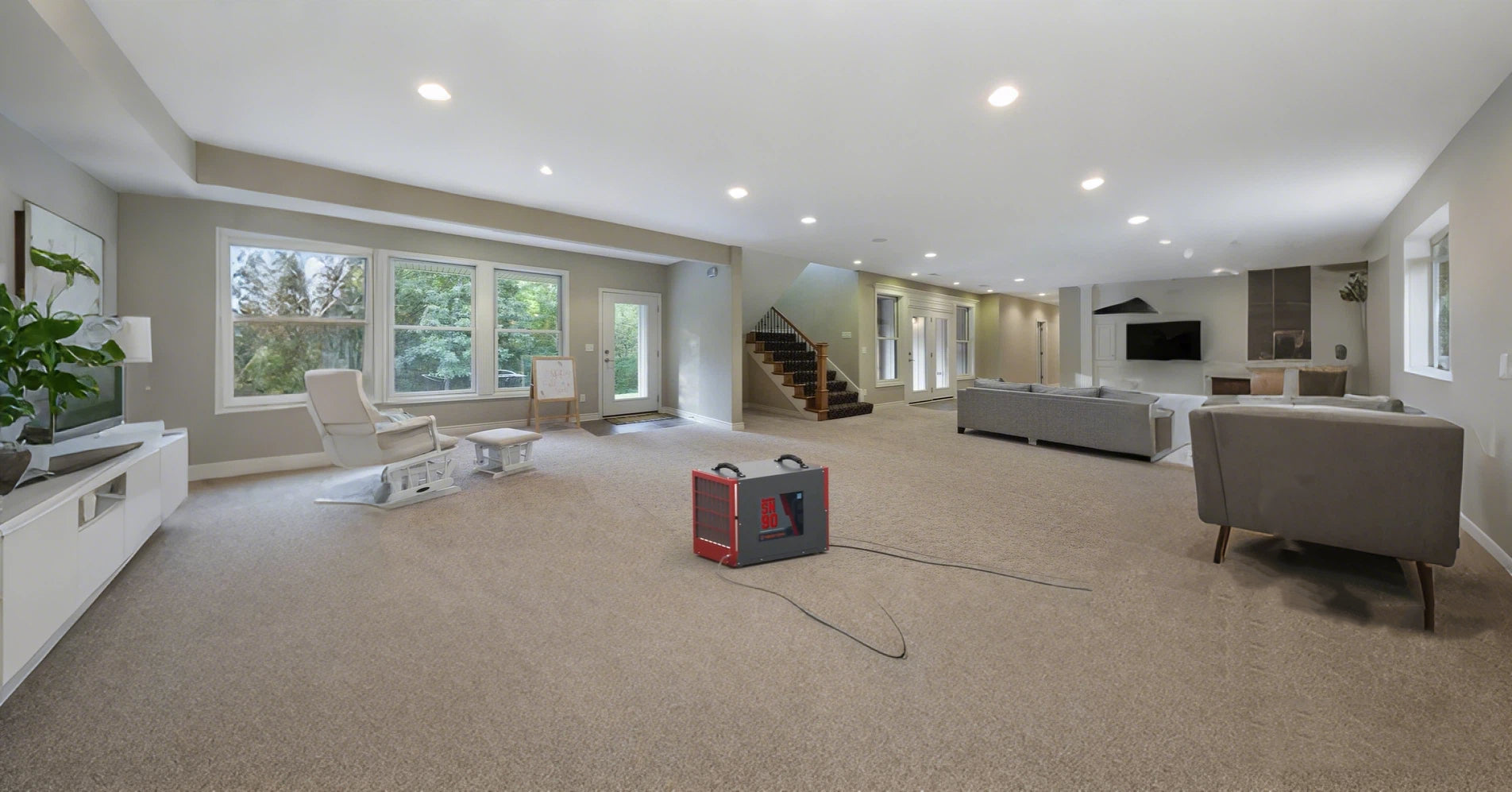

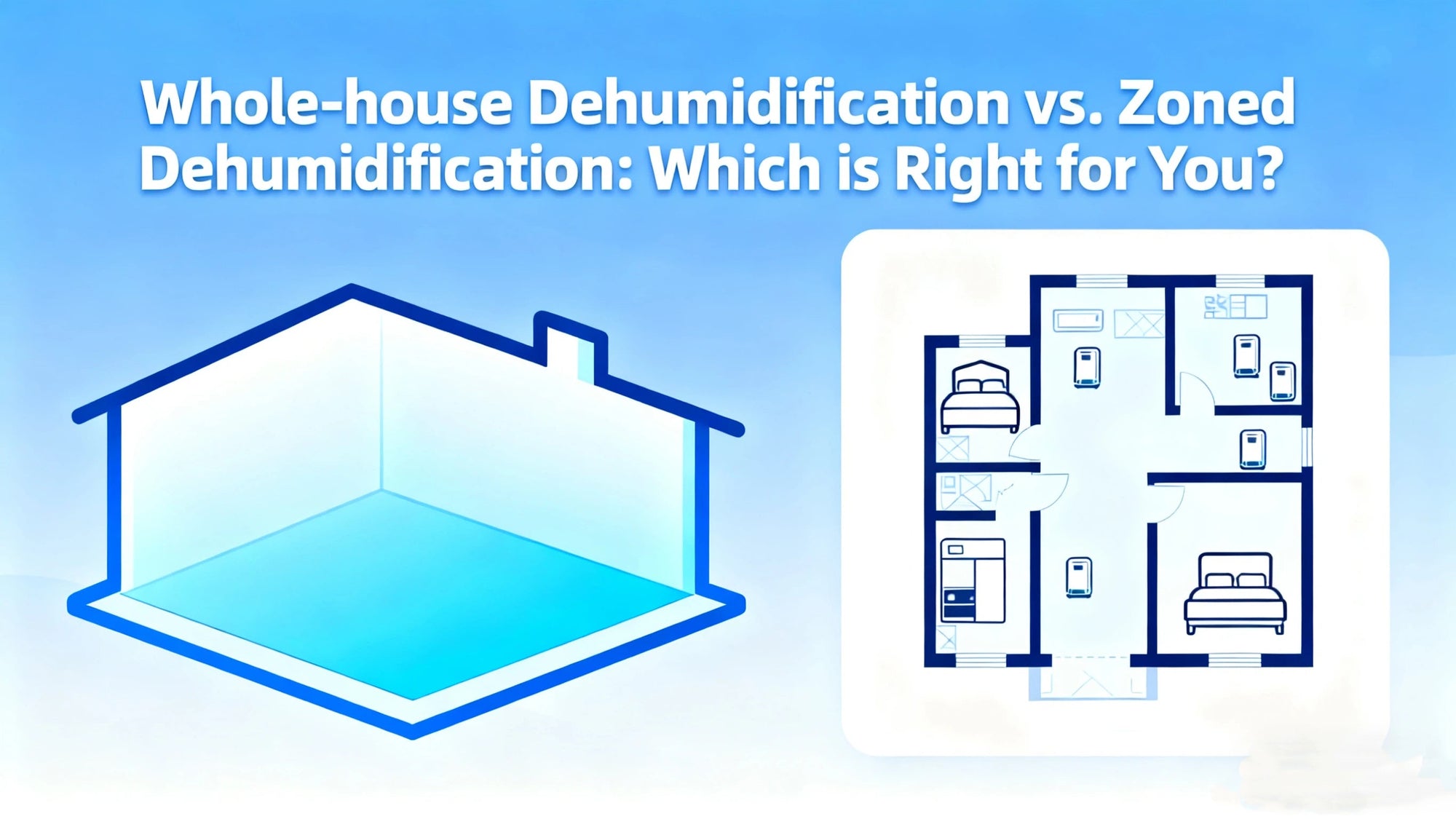
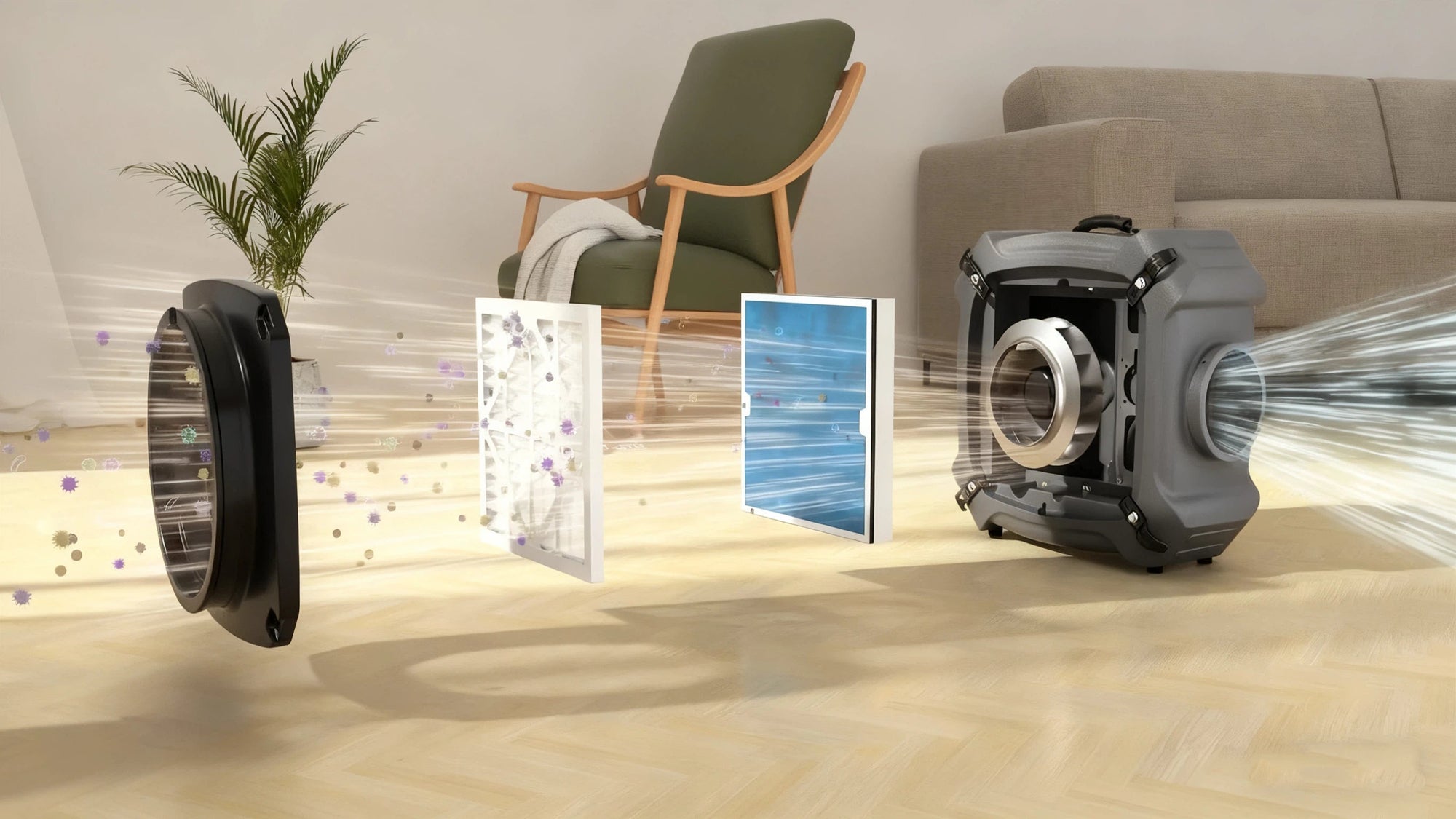
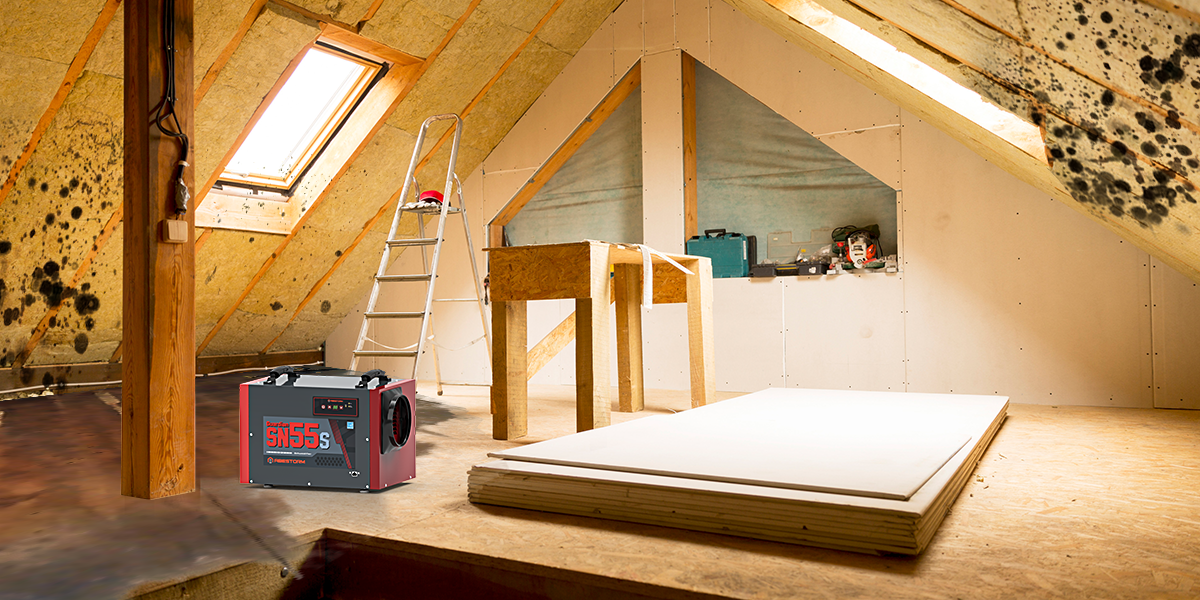
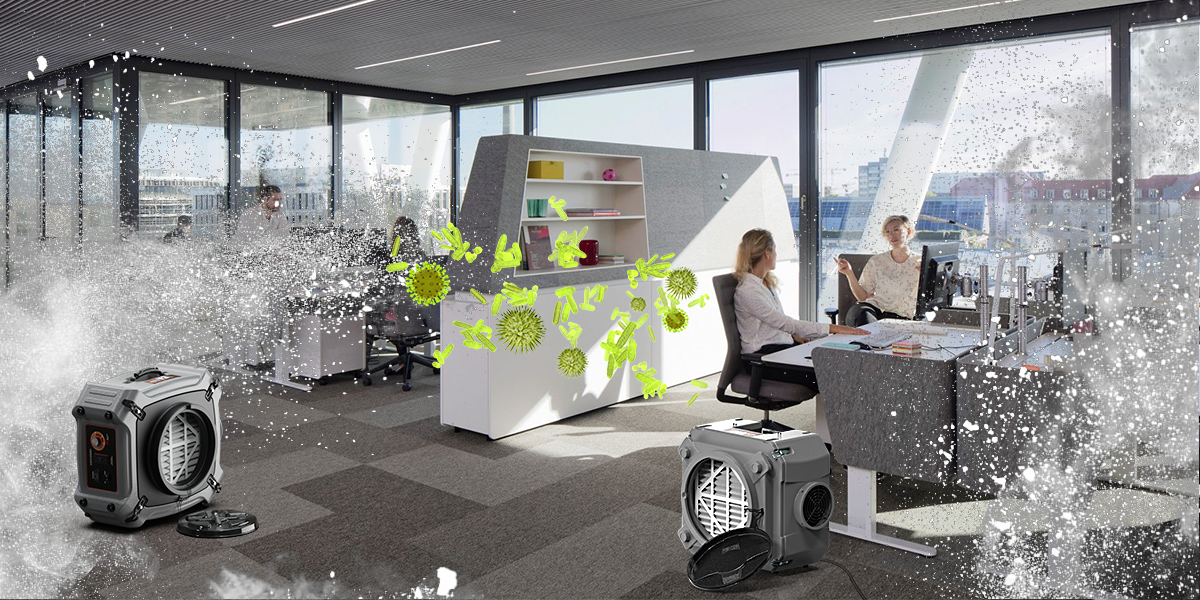
Shop For Dehumidifier
Abestorm 170 PPD 2,100 Sq.Ft Commercial Dehumidifier with Pump and Drain Hose | Hurricane 800
Abestorm 180 PPD 2,300 Sq.Ft Commercial Dehumidifier with Pump and Drain Hose | Hurricane LGR85
Abestorm 264 PPD 3,000 Sq.Ft Commercial Dehumidifier with Pump and Drain Hose | Hurricane 125P
Abestorm 180 PPD 2,300 Sq.Ft Commercial Dehumidifier with Pump and Drain Hose | Hurricane 850